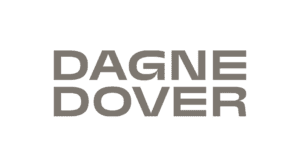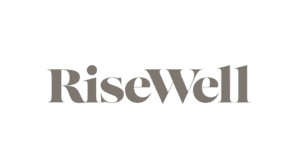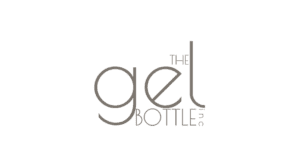Yesterday we wrote about the challenges and solutions we’er seeing in real time. Today I want to share something that’s part of our internal mantra.
Communicating Bad News.
I have never been fired fired for missing a client’s goals.
I have been fired by many clients for not telling them that we were going to miss a goal.
I’ve been fired by many more clients, for not suggesting ways to hit the goals we’re forecasting to miss.
Meaning, If you’re going to miss you goals by 30%, and we have clearly articulated this bad news, and we’ve clearly articulated fall-back positions, including but not limited to…
- Forecasting for a client “well, we’re behind on revenue, but we can get there. It’s going to cost X dollars., and ROAS will suffer, but we can do it.”
- Saying to a client, “well, we can preserve ROAS/CAC/CPL, but we’re going to have to reduce our topline goals by Y%, and here are the six places we recommend actioning to really chase these pockets of efficiency”
…then the client will generally appreciate that advice, and trust us more in the future. Nothing solidifies a relationship like going through bad times with transparency and sincerely.
- Some more tactical – but still good! – ideas could be:
- Reducing targets
- Offering a deeper discount
- Starting the sale earlier
- Send more emails – for real, send more emails. Don’t be precious about it.
So that’s my advice…
…to anyone starting out in this industry. Your managers are looking at your client retention, and the best way to retain clients is to be transparent and honest. Clearly, loudly, emphatically communicate bad news, as long as it’s A) backed up by day and B) you provide solutions.
If you’re not already a Mason client, book a consultation with our team and we’ll work on a tailored approach for your brand, together.




























